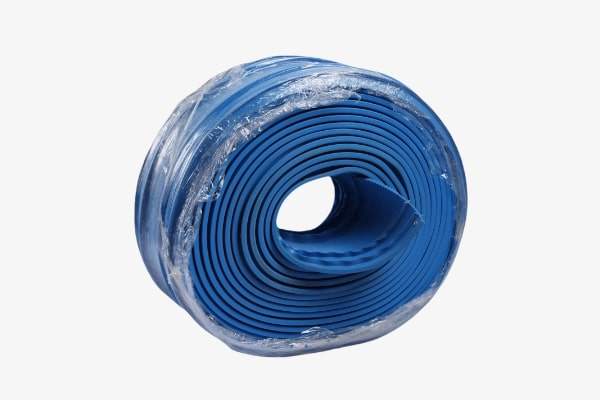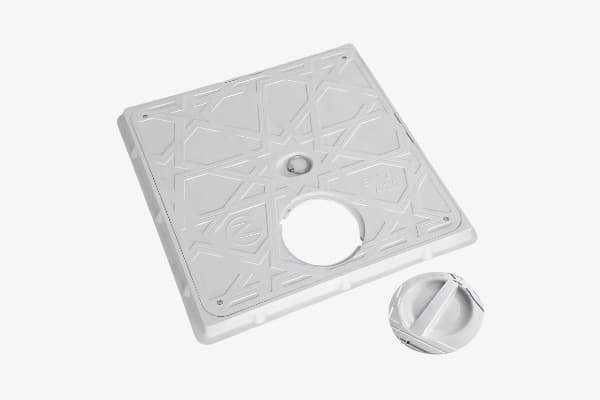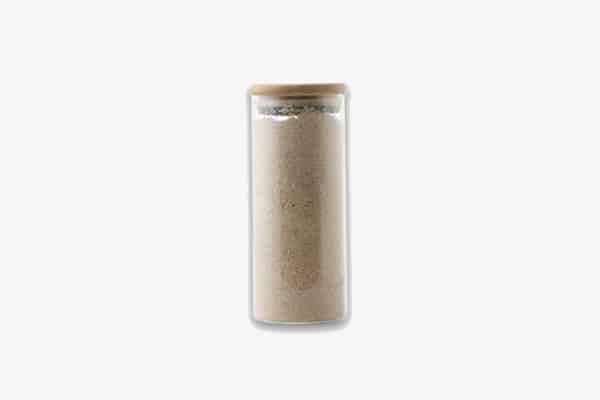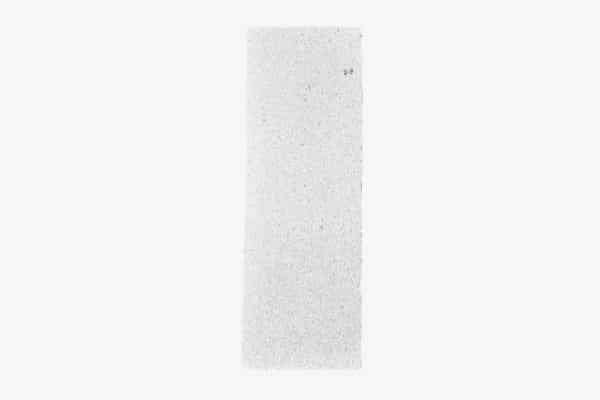Overview
Water Stop is a flexible and durable material used in concrete construction to prevent water leakage through joints. It is commonly installed in foundations, basements, tunnels, and water-retaining structures to ensure waterproofing and structural integrity.
Why You Should Use It?
- Prevents Water Leakage: Ensures water-tight concrete joints.
- Durable and Flexible: Resists movement and structural shifts.
- Chemical and Corrosion Resistance: Ideal for harsh environments.
- Long-lasting Performance: Protects structures from water damage.
Types of Water Stop
| Type | Description |
|---|---|
| PVC Water Stop | Flexible and durable, used in most applications. |
| Rubber Water Stop | Highly elastic, ideal for expansion joints. |
| Bentonite Water Stop | Expands when in contact with water for superior sealing. |
| Metal Water Stop | Used in extreme conditions for extra durability. |
Uses
- Concrete Joints: Installed in expansion and contraction joints.
- Waterproofing Structures: Used in basements, tunnels, and reservoirs.
- Infrastructure Projects: Essential for dams, canals, and bridges.
Dimensions and Properties
| Property | Value |
|---|---|
| Width Range | 150 mm – 320 mm |
| Thickness Range | 5 mm – 12 mm |
| Tensile Strength | 10 – 15 MPa |
| Elongation | 300% – 400% |
| Material | PVC, rubber, bentonite, or metal |
Application Steps
- Surface Preparation: Clean and remove debris from joints.
- Placement: Position the Water Stop in the joint before pouring concrete.
- Concrete Pouring: Ensure full encapsulation within the concrete.
- Curing and Inspection: Check for proper installation and sealing.
Case Studies
- High-Rise Basement Waterproofing: Used in deep foundations to prevent leakage.
- Bridge Expansion Joints: Ensures flexibility and waterproofing in dynamic structures.
Installation and Maintenance
- Installation: Ensure correct placement and sealing before concrete pouring.
- Maintenance: Periodic checks prevent leakage and extend service life.







